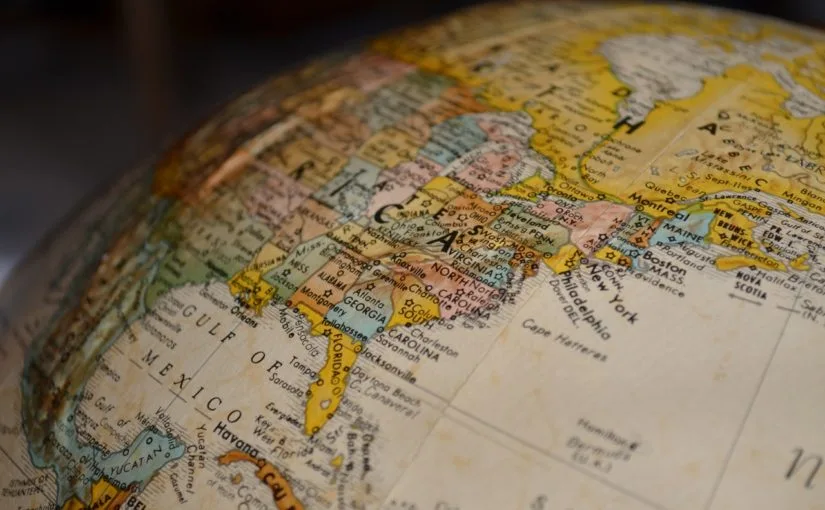Protocol Relating to the Madrid Agreement Concerning the International Registration of Marks (Madrid Protocol) facilitates the process by which a trademark owner can seek international registration of their mark.
Madrid Protocol designs a single procedure enabling the owner to register their mark in more than 90 countries using one language and paying only one set of fees. It is an extremely cost-effective technique that allows the owner to obtain protection from numerous countries, all at once.
Every country of interest for protection can be added from a list of over 90 countries including Australia, Singapore, USA, and China. Each designated country shall then go over the application in accordance with their local laws. If accepted, the trademark is then protected in the country.
However, if the trademark is objected to, the applicant can opt to drop the application in that country and remove that country from the Madrid Protocol Application without it affecting the other designated countries.
Yet another benefit of the Madrid Protocol is that the country designation is not time-bound. If the trademark owner(s) decide that they want protection in additional countries, they can add the contracting parties to the existing registration. The rights that stem from such registration only take effect from the date they are designated and not from the date of the original application.
See also INDIAN PATENT LAW: FATE OF FINTECH
Distinct Drawback of Madrid Protocol
For the first five years of registration, the international registration is completely dependent on the ‘home’ filing. This basically means that, if the ‘home filing’ is abandoned, canceled or invalidated the international registration is automatically canceled.
The process by which one invalidation results in the cancellation of all international registrations has been termed as ‘central attack’. This dependence is absolute and is not affected by the reasons of withdrawn or cancellation of the basic application. After the initial five-year period, the international registration stands independent and is unaffected by the home filing.
The effects of the ‘central attack’ can be mitigated by the ‘transformation’ of the international registration with the contracting parties.
‘Transformation’ is a process through which the trademark owner, through the Madrid Protocol, can convert his international registration to one or more individual national registrations in the countries the mark was protected.
See also ILAIYARAJA AND THE COPYRIGHT CONTROVERSY: JUDGMENT OF THE MADRAS HIGH COURT
Madrid Protocol gives the owner a period of three months (from the date of cancellation of the international registration) to apply for transformation in the Offices of all Contracting Parties. The application resulting from ‘transformation’ is treated as if they were filed on the date of the original international registration.
Madrid Protocol does not govern the filing of the transformation application and leaves it up to each Contracting Party to come up with their own procedure for the same. As the concept of transformation is only provided for in the Protocol, its benefits are only available in the States whose designation is governed by the Protocol.
– Arohi Kashyap, Trainee

